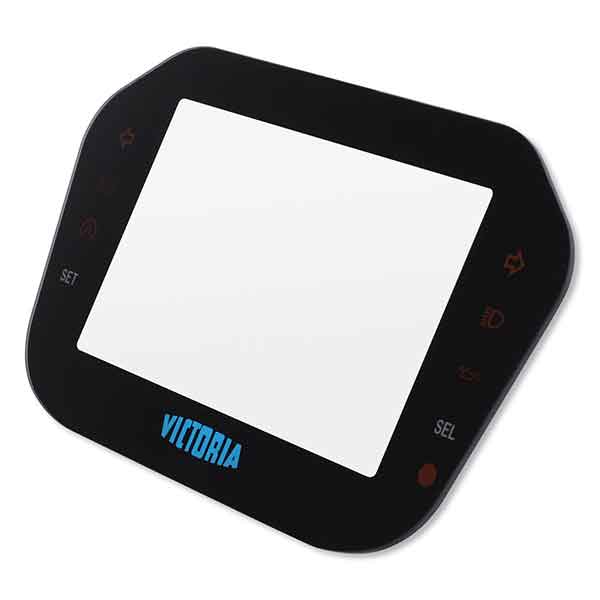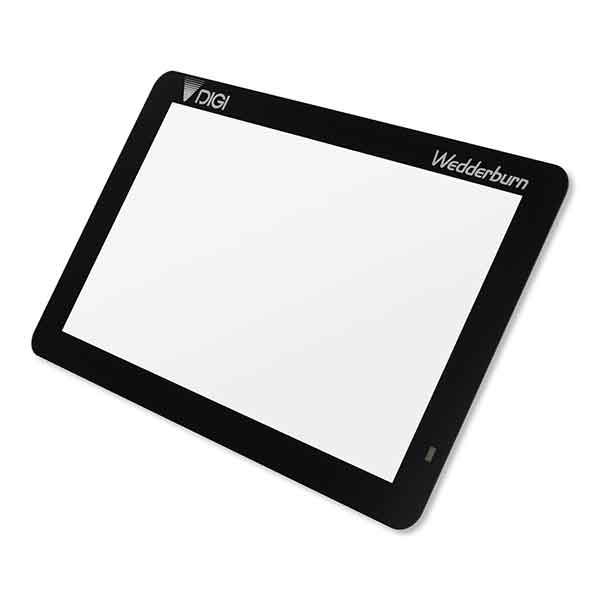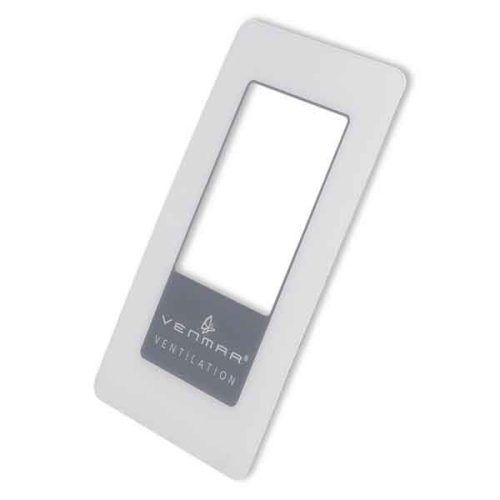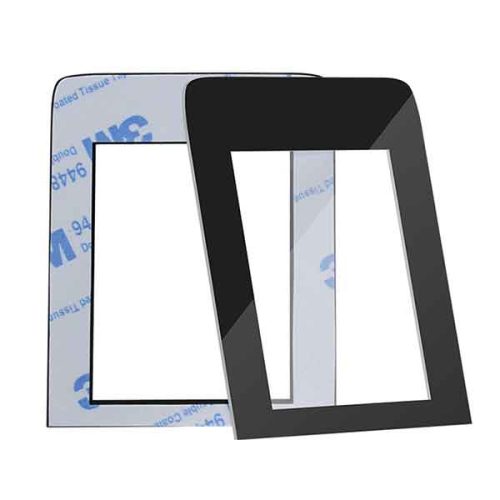Order FAQ
Q: Are you the manufacturer or trade company?
A: We have been the direct manufacturer of printing and die-cutting services in since 2005 with ISO9001:2015 certification.
Our factory could offer printing and die cutting service in one stop.
Q: How about your price?
A: With our stable material resources and stop-in-one service as the direct factory, we could guarantee a competitive price with an honest price.
Q: What’s your service?
Quality and service are the principles on which our company was established and the reason for its a continued success today!
1, Professional sales team, give you prompt and comfortable communication;
2, Skillful workers, produce the best quality product for you;
3, The strict QC, ensures the quality of your product;
Q: Why choose us?
1. One-stop solution service with more than 14 years OEM manufacture experience
2. ISO 9001:2015 certificated manufacture
3. 100% inspected to ensure the quality of the product
4. Professional design and manufacture and delivery service for assistance
5. Various payment options as Paypal, escrow, Western Union, T/T
6. Reliable quality and responsible after-sales service
FAQ Guide
Glass front panels have become an integral part of product design, offering both aesthetic appeal and functional benefits. From smartphones and tablets to televisions and home appliances, glass front panels are now a ubiquitous feature in modern devices. These panels not only provide a sleek, polished look but also serve as protective barriers for the delicate components beneath.
This guide will explore the key aspects of glass front panels in electronic consumer products, answering common questions and providing insights into their types, advantages, disadvantages, maintenance, and applications. Whether you’re a tech enthusiast, a product designer, or simply curious about the role of glass front panels in your devices, this FAQ guide will equip you with the knowledge you need.
1. What is a Glass Front Panel?
A glass front panel in the context of consumer electronics refers to the glass surface that covers the front of a device, such as a smartphone, tablet, television, or home appliance. These panels are typically made from tempered glass, which is designed to be both durable and scratch-resistant while providing a clear, high-quality display.
The primary function of a glass front panel is to protect the internal components of the device, such as the screen or touch sensors, from damage while maintaining a smooth and responsive surface for user interaction. In addition to protection, glass front panels contribute to the overall aesthetic of the device, giving it a modern, premium appearance.

2. Types of Glass in Front Panels
There are several types of glass used in the front panels of electronic devices, each with its own set of properties and applications. Below are the most common types:
1) Tempered Glass
Heat-treated safety glass, also known as tempered glass, is a type of heat-treated glass. It is designed to break into small, blunt pieces rather than sharp shards, making it safer in the event of breakage. Tempered glass is commonly used in smartphones, tablets, and televisions due to its durability and resistance to impact.
2) Sapphire Glass
Sapphire glass is an extremely hard and scratch-resistant material, second only to diamond in terms of hardness. While it is more expensive to produce than tempered or Gorilla Glass, sapphire glass is sometimes used in high-end smartphones and smartwatches due to its superior durability and scratch resistance.
3) Oleophobic Coated Glass
Many glass front panels are treated with an oleophobic coating, which repels oils and fingerprints. This type of glass is commonly used in touchscreens to maintain a clean, smudge-free surface, enhancing the user experience.
4) Anti-Reflective Glass
Anti-reflective glass is designed to reduce glare and improve visibility in bright lighting conditions. This type of glass is often used in televisions, monitors, and other devices where screen clarity is essential.

3. Advantages of Glass Front Panels
Glass front panels offer several advantages in consumer electronics, making them a preferred choice for many manufacturers. Here are some of the key benefits:
1) Aesthetic Appeal
Glass front panels give devices a sleek, modern look that appeals to consumers. The smooth, glossy surface enhances the visual appeal of smartphones, tablets, televisions, and other electronics, contributing to a premium feel.
2) Durability
High-quality glass, such as Gorilla Glass or tempered glass, is designed to withstand daily wear and tear. These panels are resistant to scratches, cracks, and impact, providing long-lasting protection for the device’s internal components.
3) Touch Sensitivity
Glass front panels are highly responsive to the touch, making them ideal for devices with touchscreens. The smooth surface allows for precise touch input, whether you’re typing on a smartphone or navigating a tablet.
4) Clarity and Display Quality
Glass front panels provide excellent optical clarity, ensuring that the display beneath is sharp and vibrant. This is particularly important for devices like smartphones and televisions, where screen quality is a key selling point.
5) Resistance to Environmental Factors
Many glass front panels are designed to resist environmental factors such as moisture, dust, and UV radiation. This makes them suitable for use in a wide range of conditions, from outdoor environments to humid bathrooms (in the case of smart home devices).
4. Disadvantages of Glass Front Panels
While glass front panels offer numerous benefits, they also come with some potential drawbacks:
- Fragility
- High-cost
- More-weight
- Susceptibility to Smudges
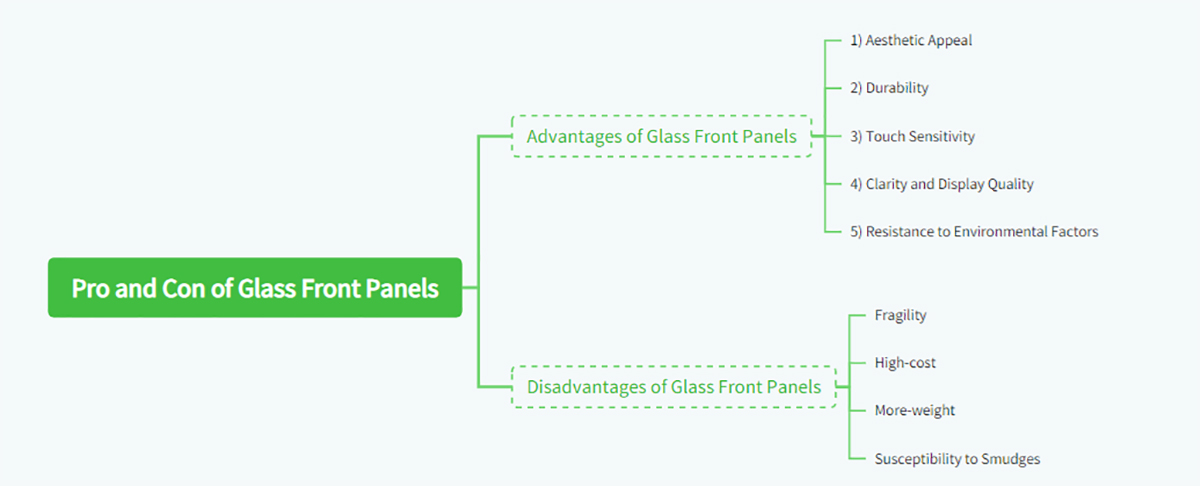
5. Maintenance of Glass Front Panels
Proper maintenance is essential to keep glass front panels looking and functioning at their best. Here are some tips for maintaining the glass front panels on your electronic devices:
1) Regular Cleaning
Use a microfiber cloth to gently wipe away fingerprints, dust, and smudges from the glass surface. For more stubborn marks, a small amount of water or a specialized screen cleaner can be used. Avoid using abrasive materials or harsh chemicals, as these can damage the glass or its coatings.
2) Use a Screen Protector
Applying a screen protector to your device can provide an additional layer of protection against scratches and cracks. Screen protectors are available in tempered glass or plastic and can be easily replaced if damaged.
3) Avoid Dropping the Device
While glass front panels are designed to be durable, they are still vulnerable to damage from drops or impacts. Using a protective case can help cushion the device and reduce the risk of breakage.
4) Keep Away from Extreme Temperatures
Exposure to extreme heat or cold can weaken the glass and make it more prone to cracking. Avoid leaving your device in direct sunlight or in freezing conditions for extended periods.
6. Troubleshooting of Glass Front Panels
Here are some common issues with glass front panels and how to troubleshoot them:
1) Cracks or Chips
If your glass front panel has a crack or chip, it’s important to address it as soon as possible. Small cracks can spread over time, leading to more extensive damage. In some cases, a professional repair service may be able to fix the crack, but in most cases, the glass will need to be replaced.
2) Scratches
Minor scratches can sometimes be polished out using a glass polishing compound, but deeper scratches may require a screen protector or replacement glass. Always use a microfiber cloth to clean the glass to avoid causing additional scratches.
3) Touchscreen Unresponsiveness
If the glass front panel is not responding to touch, it could be due to a software issue or a problem with the touch sensors beneath the glass. Performing a factory reset or restarting the device may resolve the problem. Professional repair may be necessary if the problem persists.
4) Discoloration or Fogging
Discoloration or fogging of the glass front panel can occur due to prolonged exposure to moisture or heat. This issue is more common in older devices or those used in humid environments. If the discoloration is severe, the glass may need to be replaced.
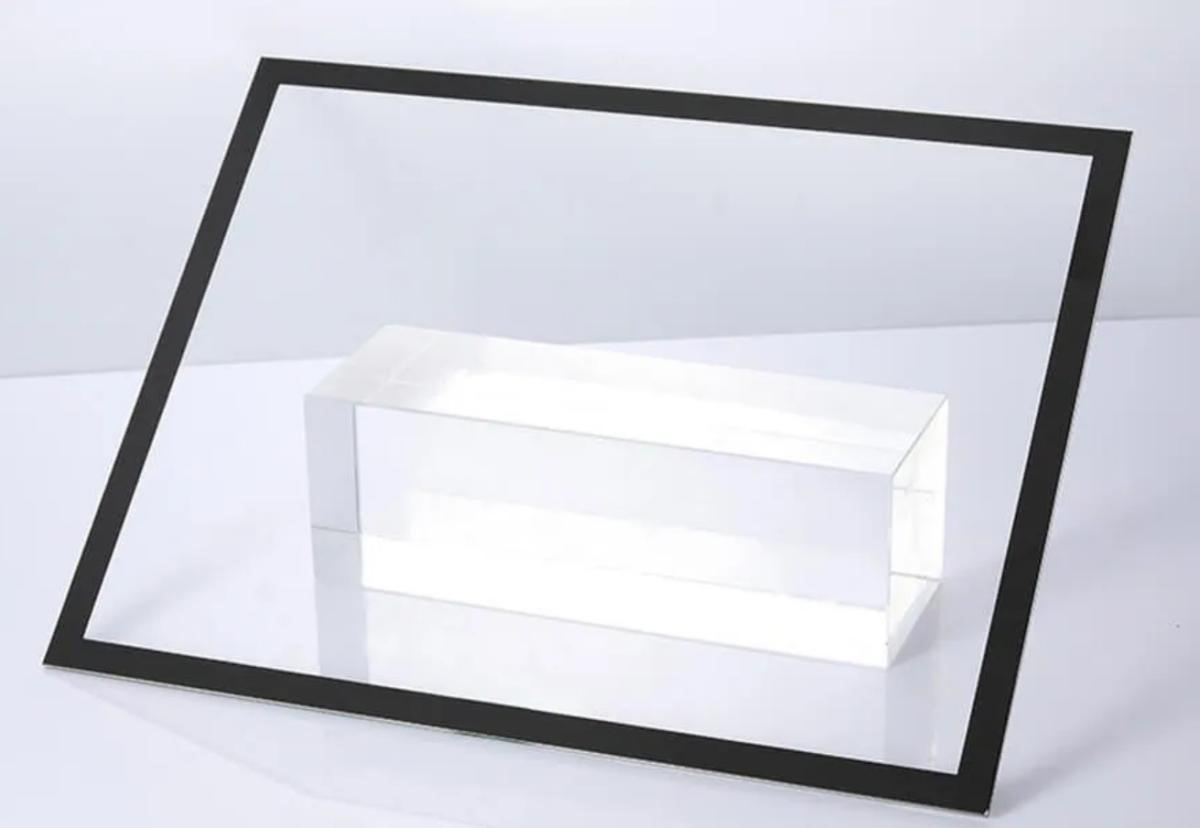
7. Applications of Glass Front Panels in Consumer Electronics
Glass front panels are used in a wide range of consumer electronics, including:
1) Smartphones and Tablets
Glass front panels are a standard feature in smartphones and tablets, providing a smooth, responsive surface for touch input and protecting the display from damage.
2) Televisions and Monitors
High-definition televisions and computer monitors often feature glass front panels to enhance the clarity and vibrancy of the display. Anti-reflective coatings are sometimes applied to reduce glare.
3) Smartwatches
Smartwatches use durable glass front panels, often made from Gorilla Glass or sapphire glass, to protect the screen from scratches and impacts while maintaining a sleek, modern design.
4) Home Appliances
Many modern home appliances, such as refrigerators, ovens, and washing machines, feature glass front panels as part of their control interfaces. These panels provide a clean, high-tech look and are easy to clean.
8. Glass Front Panel FAQs
Below are some frequently asked questions on glass front panels:
1) Are glass front panels on smartphones durable?
Yes, most smartphones use tempered glass or Gorilla Glass, which are designed to be highly durable and resistant to scratches and impacts. However, they are still vulnerable to damage from drops or extreme pressure.
2) Can I replace a cracked glass front panel myself?
While it is possible to replace a cracked glass front panel on some devices, it is generally recommended to have the repair done by a professional. DIY repairs can be tricky and may void the device’s warranty.
3) How do I prevent fingerprints on my glass front panel?
Many glass front panels come with an oleophobic coating that helps repel fingerprints. You can also regularly clean the glass with a microfiber cloth to keep it smudge-free.
4) Is sapphire glass worth the extra cost?
Sapphire glass is extremely durable and scratch-resistant, making it a good choice for high-end devices like smartwatches. However, it is more expensive than other types of glass, so its value depends on your priorities for durability and cost.

9. Conclusion
Glass front panels play a crucial role in the design and functionality of modern consumer electronics. From providing protection and durability to enhancing the aesthetic appeal of devices, glass front panels are an essential component in smartphones, tablets, televisions, and more. While they offer many advantages, including clarity, touch sensitivity, and resistance to scratches, they also come with some challenges, such as fragility and cost.
By understanding the different types of glass front panels and how to maintain them, you can ensure that your devices remain in top condition for years to come. Whether you’re looking to protect your smartphone screen or enhance the display quality of your television, glass front panels offer a versatile and stylish solution.



